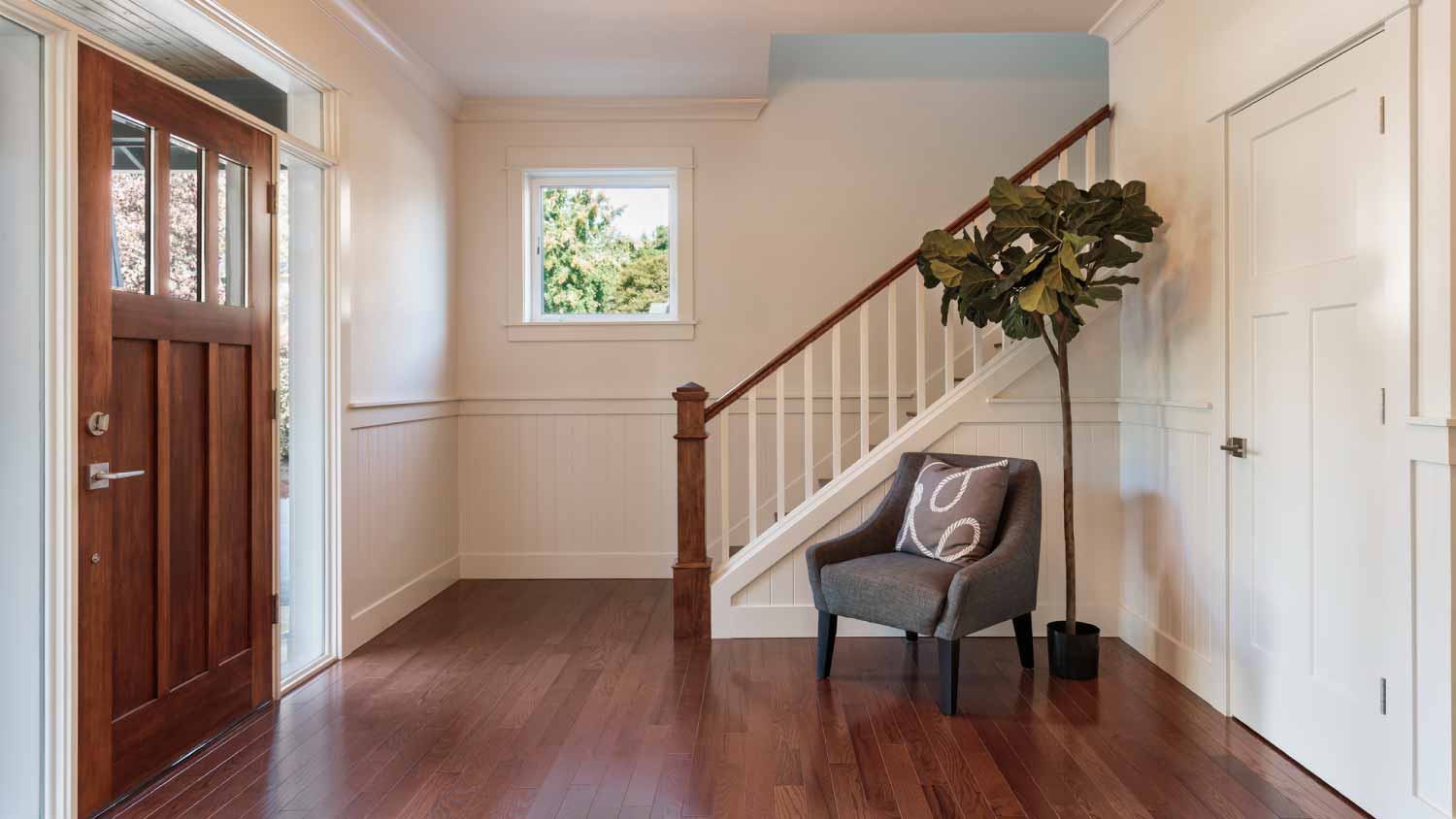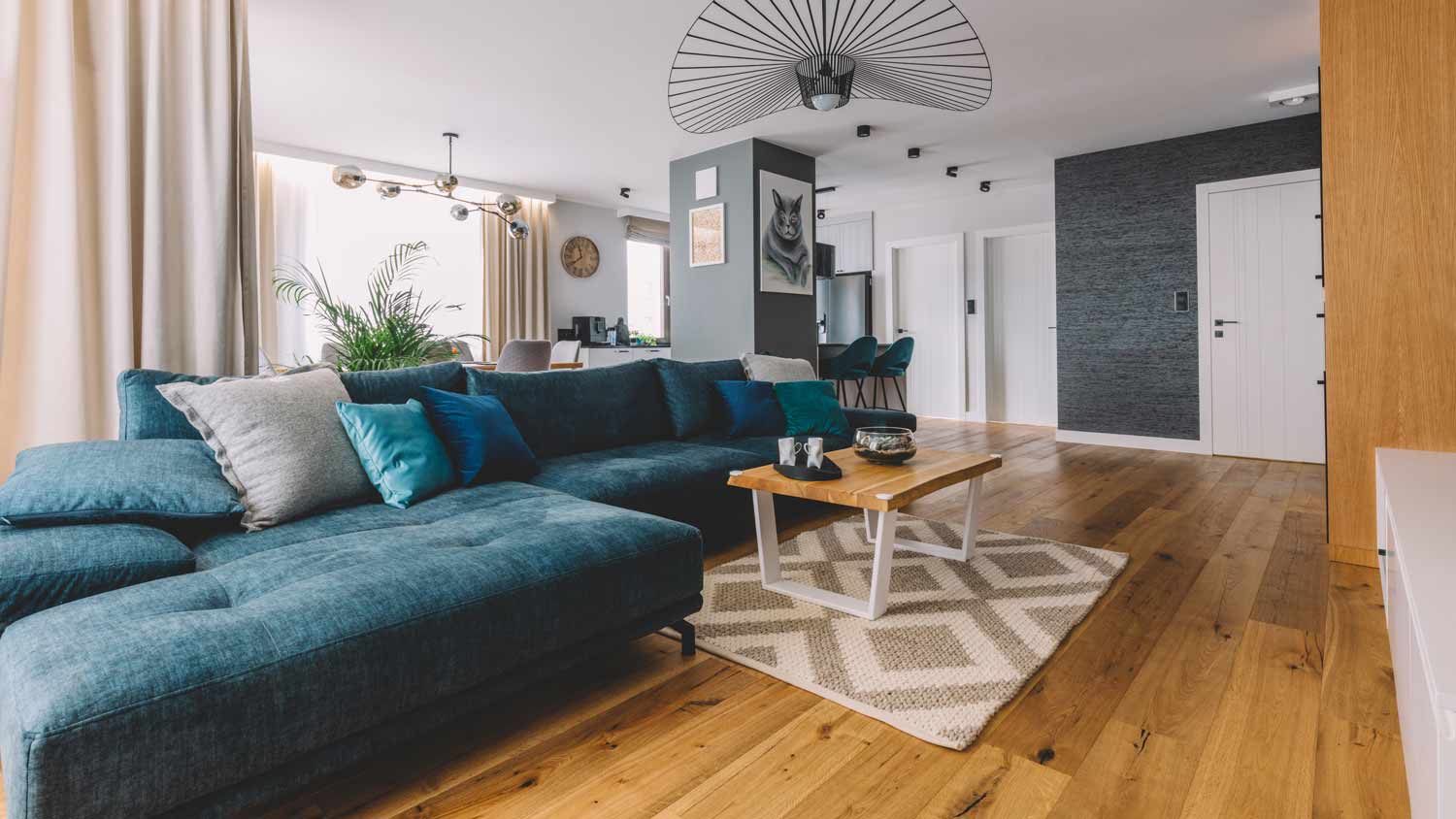5 Bathroom Flooring Ideas to Avoid
There are many types of flooring for your home, but not all of them belong in your bathroom


The bathroom is arguably one of the most important rooms in your home. It is a high-traffic area, which means that its fixtures and floors must be cleaned and maintained for a sanitary environment. As such, there are flooring options that are ideal for bathrooms and some that you should shun.
Forget These 5 Floor Types for Your Bathroom
If you want a bathroom that is as beautiful as it is safe to use, here are five types of flooring that you should cross off the list:
1. Carpet
This one might be a no-brainer to you, but it’s apparently not for everyone, given the fact that there are indeed some homes out there that have shag carpet in the bathroom. But no matter how low or high the pile, carpet is like a sponge when it comes to absorbing moisture.
That’s why it’s not a good choice for basements, which are prone to flooding in a bad storm. In a bathroom, though, you’re likely to get water on the floor just by washing your face or brushing your teeth—and let’s not even think about if the toilet were to overflow.
The bottom line: Carpet is never a good idea in spaces prone to moisture. The carpet fibers will soak up water and lead to mold, which is never a welcome guest in any home. So aside from a mold-resistant bath mat for when you step out of the tub or shower, it’s better to keep carpeting out of your bathroom.
2. Hardwood

Wood is a porous surface that does not do well with moisture. Water can seep into the floor, causing the boards to warp and buckle. Unlike other options, hardwood flooring is difficult to repair in sections. If there is water damage—which can also lead to mold growth—you’ll likely have to foot the bill to fix the floor in the entire space, which could be costly.
The bottom line: If you like the look of hardwood floors, try a vinyl plank flooring or laminate option, which mimics the look of the real thing while providing much-needed resistance to water.
3. Some Laminate Flooring
Yes, laminate flooring was indeed just mentioned as an option for the bathroom, but it’s important to note that not all laminate flooring is up for discussion. In general, laminate floors that have glued seams might be a good option, as the adhesive can stop water and moisture from seeping in and wreaking havoc. But laminate floors that lock in place can trap water beneath, causing the floor to buckle.
The bottom line: Talk to a flooring professional about laminate floors that are appropriate for use in the bathroom before proceeding with any renovation projects.
4. Linoleum
At first glance, one might think that the oil-based materials used to create linoleum would make it a good bet against moisture. But this is not the case. Linoleum tile floors have seams where the water can still seep through, resulting in damaged or separated tiles. Sheet linoleum has fewer seams, but it should be installed only by a professional to ensure that it is done correctly.
The bottom line: Don’t take our word for it that linoleum is a bad option. Some manufacturers will even void their warranty if it’s installed in a bathroom.
5. Glass Tile
While glass tile for flooring isn’t nearly as delicate as it sounds, it does make for one very slippery surface. Bathrooms are already a prime place for household accidents, including falls. The Centers for Disease Control (CDC) reports that falls are the top cause of injuries and deaths among older Americans, so it’s important to choose floors that won’t make it easier to slip.
The bottom line: Glass tile is a beautiful option for a shower wall, not a shower floor. It is much safer to admire than it is to walk on, so keep that in mind when designing your bathroom.
Now that you know which types of floors to avoid in the bathroom, you can focus on finding better options for this all-important room. Talk to a flooring professional to get ideas on how to find suitable, attractive options for a look you’ll love.

.jpg?impolicy=leadImage)



- What Is the Best Tile for Bathroom Floors?
- Here’s What to Do If You Have Water-Damaged Floors
- How to Remodel a Bathroom: Everything You Need to Know
- Top 15 Tips for Installing Laminate Flooring Like a Pro
- 11 Must-Know Bathroom Remodeling Tips for Building Your Perfect Space
- 11 Types of Flooring to Consider for Your Home
- Linoleum vs. Laminate: How They Differ and Which Is Better
- 13 Common Mistakes to Avoid When Renovating Your Bathroom
- The Complete Glossary of Flooring Terms You Need to Know
- 40 Budget-Friendly Small Bathroom Ideas to Spruce Up Your Space










